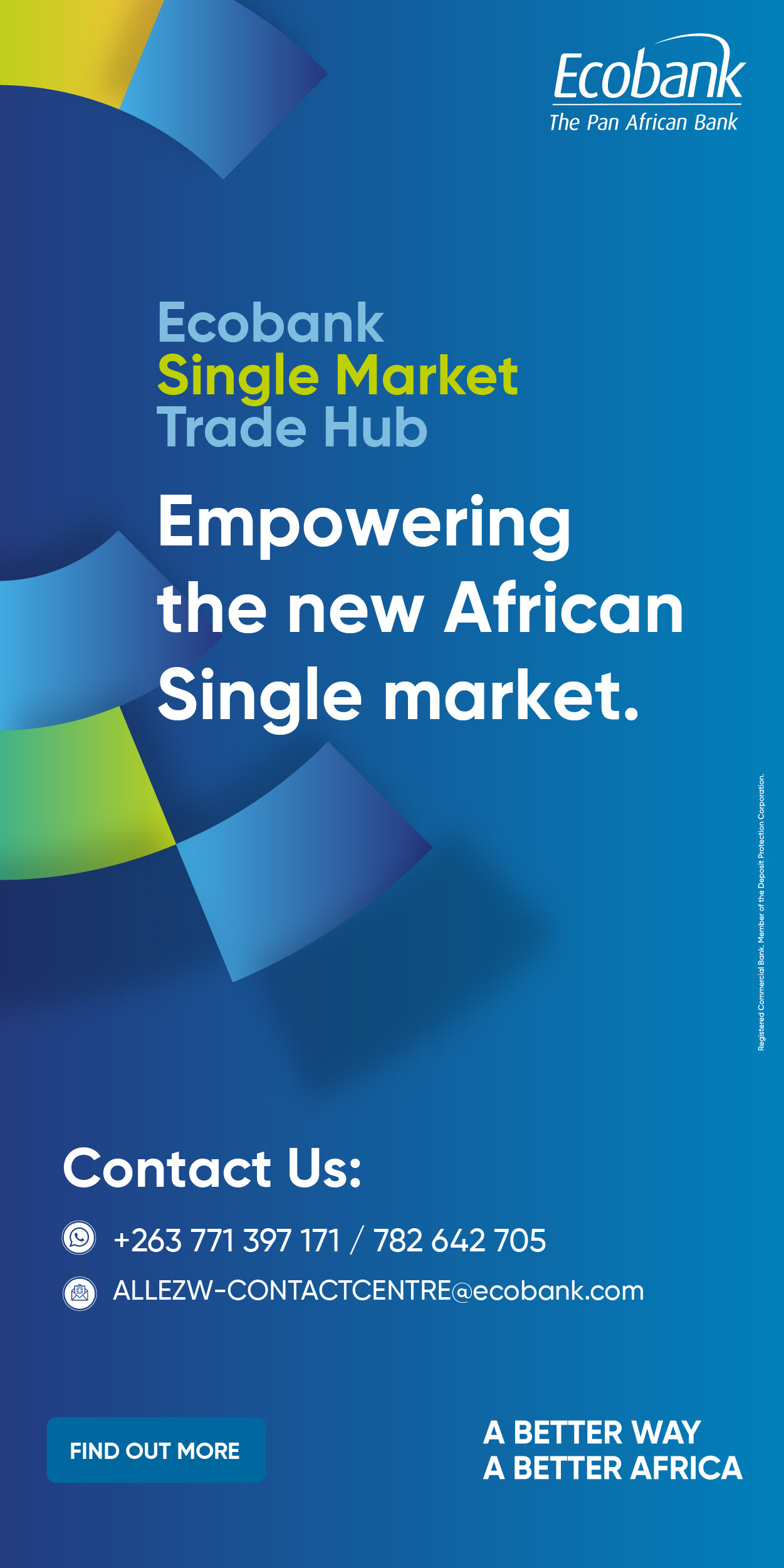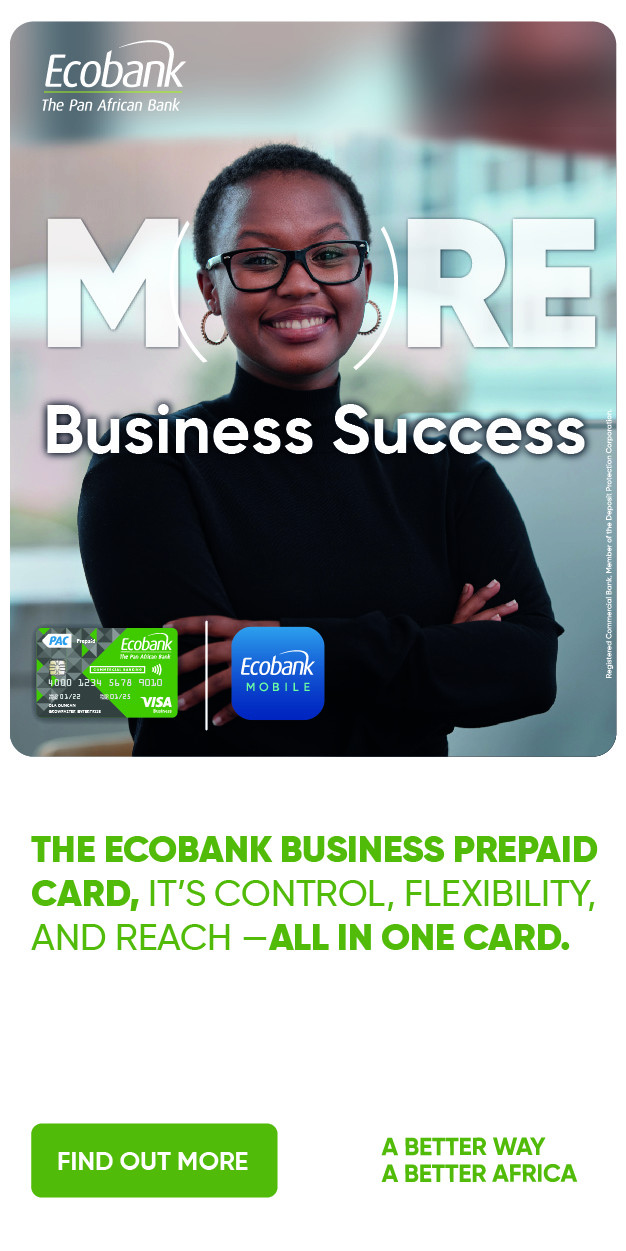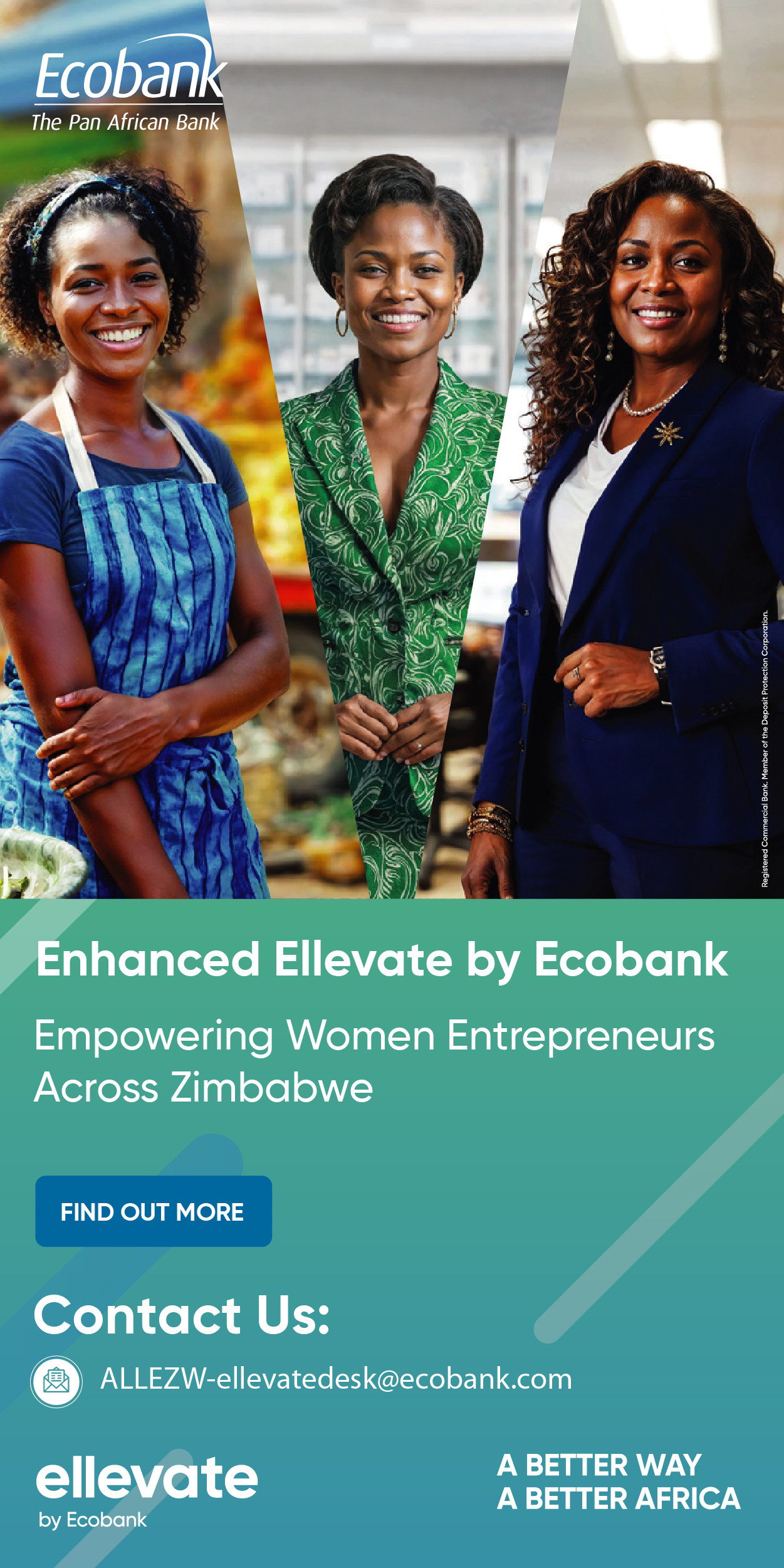- E-Commerce Drives Recovery: Pick n Pay’s overall group sales grew by 3.6%, with online sales skyrocketing by 42.5%
- Store Estate Reset Plan: The closure of 32 supermarkets and conversion of five company-owned stores to franchises reflect a strategic shift toward cost efficiency and digital focus
- Lessons for Zimbabwe: By investing in digital infrastructure and partnerships with tech platforms, Zimbabwe retailers can replicate
Harare- The global retail landscape is undergoing a seismic shift, driven by the rapid rise of online sales and the gradual decline of traditional brick-and-mortar stores. This trend is reshaping the supermarket industry, with significant implications for markets in Africa, the USA, Europe, and China.
Zimbabwe, with its growing digital penetration and evolving consumer behaviour, stands to benefit immensely from this transformation if it can strategically leverage these trends.
The trading performance of Pick n Pay and its subsidiaries for the 45-week period ended 05 January 2025, provides a compelling case study of how online sales are revolutionizing supermarkets, even as physical stores face closures and restructuring.
The Rise of Online Sales and the Decline of Physical Stores
The Group’s performance during the period highlights the growing importance of online sales, which surged by 42.5%, driven by the success of Pick n Pay’s asap! platform and its integration with the Mr D app.
Overview of Pick n Pay asap! and Mr D App
Pick n Pay asap! is an on-demand grocery delivery service launched by Pick n Pay, designed to provide a seamless shopping experience. The platform allows customers to order groceries online and receive them quickly, often within the hour. With a user-friendly interface, asap! makes it easy for users to browse products, add items to their cart, and complete their purchases. It offers a wide range of grocery items, household essentials, and promotional deals, catering to the increasing demand for convenience in shopping.
On the other hand, the Mr D app is a popular South African food delivery service that has expanded its offerings to include grocery deliveries. The app connects users with various restaurants and retailers, facilitating easy ordering and delivery. One of its standout features is real-time tracking, which allows customers to monitor their orders, ensuring transparency and enhancing the overall delivery experience. Additionally, Mr D often features promotions and discounts, encouraging users to make purchases through the platform.
The integration of Pick n Pay's asap! platform with the Mr D app represents a strategic partnership aimed at enhancing the online shopping experience for consumers. This collaboration enables a broader reach, allowing Pick n Pay to tap into Mr D's established user base. By leveraging this partnership, customers can access both food and grocery items from a single app, simplifying the ordering process and making it more convenient.
As a result of this integration, Pick n Pay has seen a significant surge in online sales, showcasing the effectiveness of combining the strengths of both platforms. This partnership not only drives higher customer engagement and satisfaction but also highlights the growing importance of digital solutions in the retail sector. Ultimately, the success of asap! and Mr D illustrates how retailers can adapt to the evolving needs of consumers for convenience and efficiency in their shopping experiences.
In the period, Pick n Pay demonstrated a steady recovery with overall group sales increasing by 3.6% and like-for-like sales rising by 3.3%. The company saw a notable improvement in its Pick n Pay SA segment, where like-for-like sales grew 1.9%. This momentum continued to strengthen in the latter part of the period, reaching a 3.0% increase.
Despite closing a net of 32 supermarkets as part of its Store Estate Reset plan, the company effectively managed to shift focus towards online sales, which experienced remarkable growth of 42.5%. This pivot, alongside strong performance from Boxer Retail, reflects Pick n Pay's adaptability and commitment to enhancing its retail disciplines, positioning it well for future growth in a rapidly evolving market.
Understanding Like-for-Like Sales in Retail
Like-for-like sales, often referred to as "comparable store sales," is a critical metric within the retail sector that facilitates an accurate assessment of a company's operational performance over time. This measurement specifically compares the revenue generated by a select group of stores that have been open for a minimum of one year, eliminating the distortive effects of new store openings or closures. By focusing on this established cohort, retailers can gain insights into the underlying health of their core business operations.
The primary objective of like-for-like sales is to provide a granular view of sales trends, allowing retailers to evaluate their existing store performance in a consistent manner. This metric is calculated by analysing the sales figures from the same set of stores during a defined period, typically year-over-year. For instance, if a store reports 100,000 in sales for January 2025,compared to 95,000 in January 2024, the resultant like-for-like sales growth demonstrates a 5.3% increase. This straight forward calculation reflects the operational efficacy of the established outlet.
In the competitive retail landscape, like-for-like sales serve as an essential key performance indicator (KPI). It acts as a barometer for gauging customer engagement, retention, and overall market positioning. Retailers leverage this metric to discern whether sales growth is attributable to increased foot traffic, enhanced product offerings, or strategic pricing adjustments. Furthermore, it enables trend analysis, allowing for proactive decision-making and strategic planning.
The distinction between like-for-like sales and total sales figures is paramount. Total sales encompass the revenue from all operational stores, including newly opened locations, which can skew the overall performance narrative. In contrast, like-for-like sales focus solely on the established stores, providing a clearer lens through which to evaluate the effectiveness of current merchandising strategies, customer service initiatives, and promotional activities.
Therefore, like-for-like sales is an indispensable tool in the retail arsenal, offering invaluable insights into the performance of existing stores. By utilizing this metric, retailers can make informed business decisions, optimize their operational strategies, and ultimately drive sustainable growth in an ever-evolving marketplace.
This growth in e-commerce contrasts sharply with the decline in physical stores, as Pick n Pay SA closed a net 32 supermarkets during the period, including the conversion of five company-owned stores to franchises.
This shift reflects a broader global trend where online platforms are becoming the primary driver of retail growth, while traditional stores are being scaled back or repurposed.
In the USA, Europe, and China, the rise of online grocery shopping has been accelerated by the COVID-19 pandemic, which forced consumers to adopt digital platforms for their daily needs.
Companies like Amazon Fresh in the USA, Ocado in Europe, and Alibaba’s Hema in China have set the standard for seamless online grocery shopping experiences, combining convenience, speed, and competitive pricing.
These platforms have not only captured market share but also redefined consumer expectations, pushing traditional supermarkets to innovate or risk obsolescence.
Lessons for Africa and Zimbabwe
Africa, while lagging behind in digital infrastructure, is catching up rapidly.
Countries like South Africa, Kenya, and Nigeria have seen a surge in online grocery platforms such as Checkers Sixty60, Jumia, and Twiga Foods. These platforms are leveraging mobile technology and last-mile delivery solutions to reach consumers in both urban and rural areas.
For Zimbabwe, this presents a unique opportunity to leapfrog traditional retail models and embrace e-commerce as a driver of economic growth.
One of the key advantages of online sales is the ability to collect and analyze consumer data, enabling supermarkets to offer personalized shopping experiences. In the USA and Europe, retailers use data analytics to predict consumer preferences, optimize inventory, and tailor marketing campaigns.
For Zimbabwean businesses, adopting similar data-driven strategies can help supermarkets better understand their customers, improve product offerings, and build brand loyalty. This is particularly important in a competitive market where consumers are increasingly price-sensitive and demand value for money.
While the shift to online sales offers significant opportunities, it also presents challenges. In Africa, issues such as unreliable internet connectivity, limited digital literacy, and logistical hurdles can hinder the growth of e-commerce.
However, these challenges can be addressed through targeted investments in digital infrastructure, consumer education, and innovative delivery solutions.
Pick n Pay’s partnership with Mr D demonstrates how collaboration with tech platforms can overcome logistical barriers and enhance customer reach.
Moreover, the closure of physical stores, while a necessary adjustment in some cases, must be managed carefully to avoid job losses and social disruption.
Supermarkets can explore hybrid models, where physical stores serve as fulfilment centres for online orders, combining the best of both worlds.
This approach has been successfully implemented by retailers like Walmart in the USA and Tesco in the UK, offering a blueprint for Zimbabwean supermarkets to follow.
Therefore, the trading performance of Pick n Pay and its subsidiaries highlights the transformative potential of online sales in the supermarket industry.
The closure of physical stores, while a sign of the times, should be seen as an opportunity to reimagine the future of retail one that is digital, data-driven, and customer-centric.
Equity Axis News





